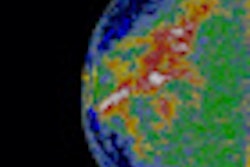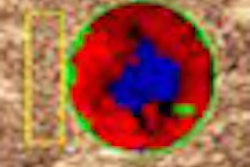The adoption of 3D advanced visualization is growing as the technology proves its value in a variety of clinical applications, according to a report from healthcare technology research firm KLAS.
Use of 3D is rising because of its ability to provide advanced diagnostic information that's unavailable or difficult to obtain with 2D images, according to the report.
In organizations using enterprise 3D technology, physicians are asking for 3D postprocessing on about 38% of scans, followed by cardiology at 49%, molecular imaging at 28%, and orthopedics at 21%. Interventional, operating room, oncology, and emergency departments all registered adoption rates of less than 20%.
KLAS polled more than 100 providers about their experience with enterprise 3D imaging vendors, and found that many vendors with 3D imaging in place indicated they would stay with workstation-based products for the time being.
Report author Kirk Ising noted that the success of enterprise-based 3D imaging will hinge on its adoption rate, adding that providers will have to be convinced that the advantages in diagnostics and patient care outweigh the additional time, expense, and training that the solution requires.



















